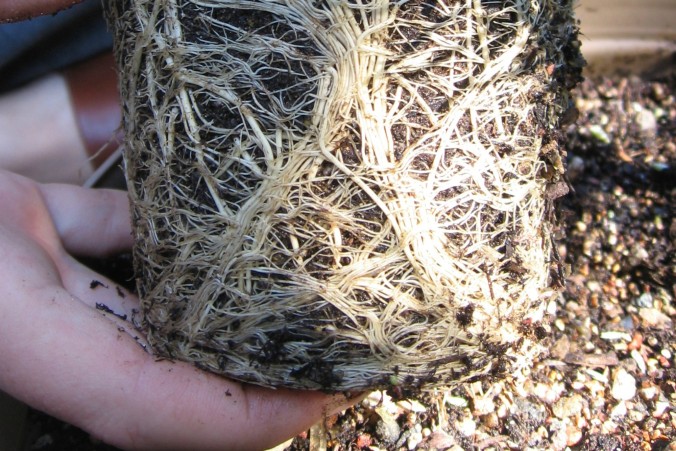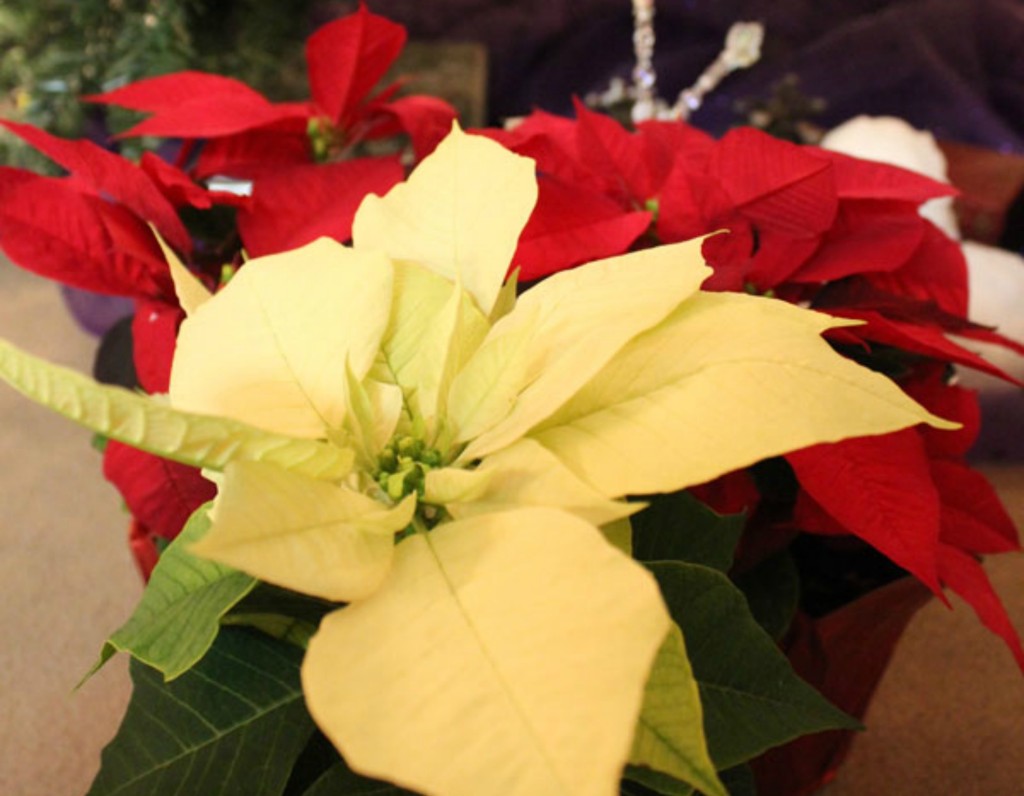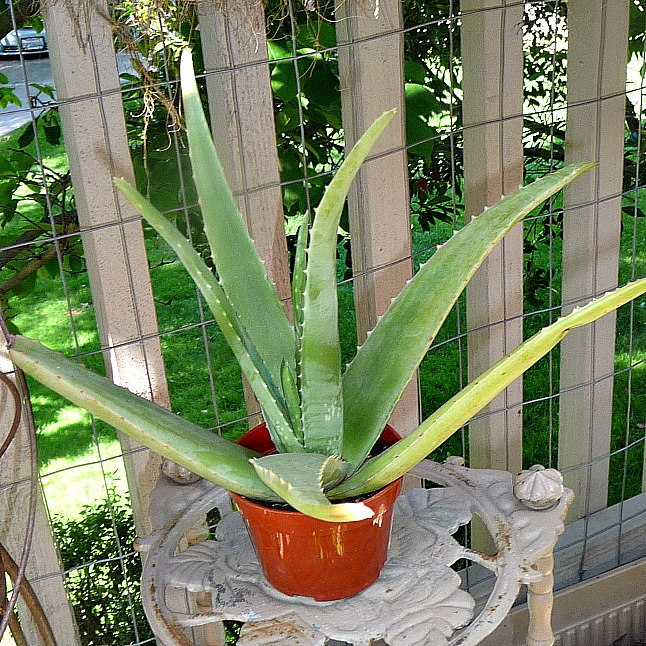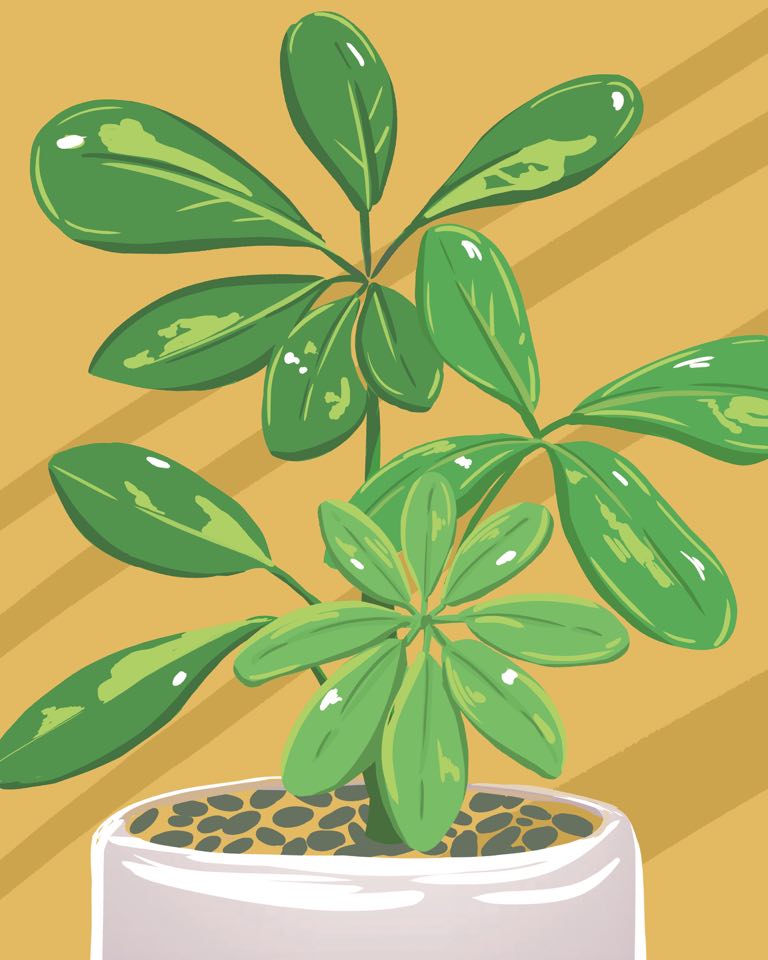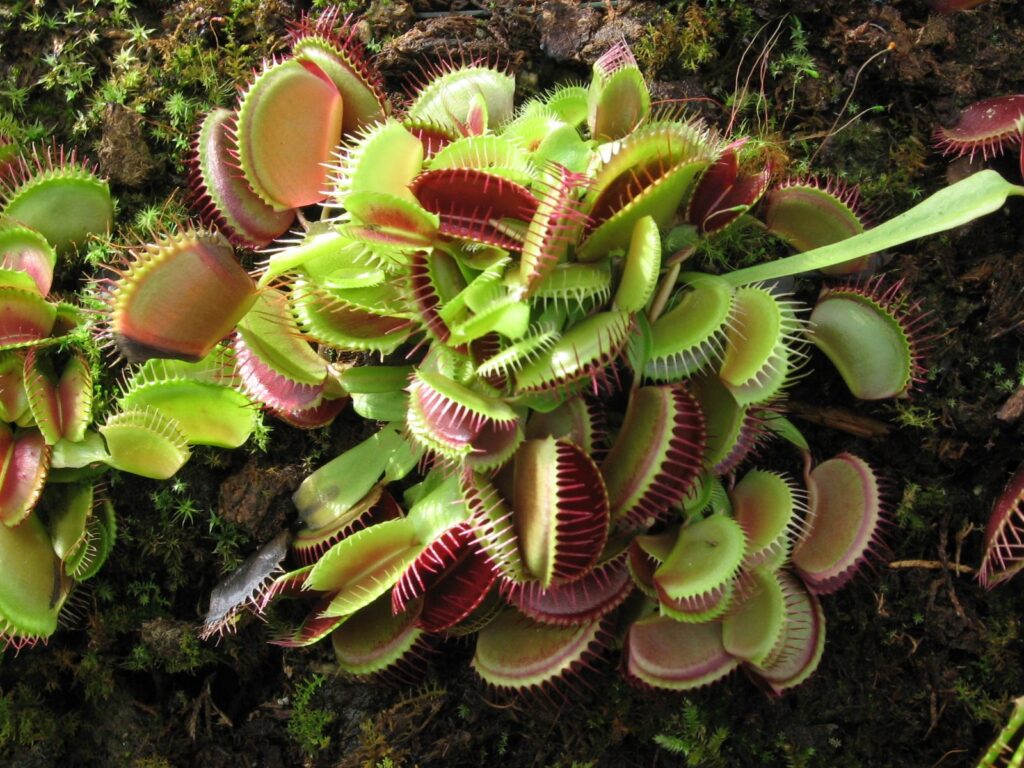Planting Transplants
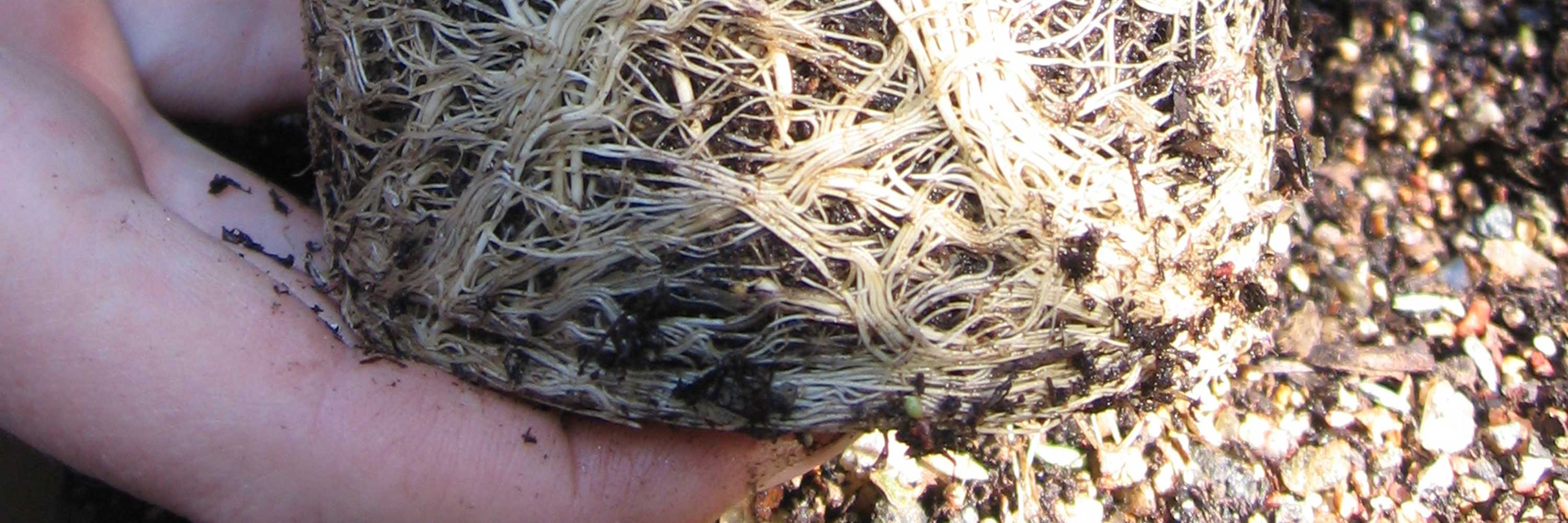
Planting transplants requires a handful of careful steps. A transplant is a 6-8 week old seedling plant. You can grow transplants from seeds yourself, or purchase them from a nursery or garden center.
Growing Your Own Transplants
If you grow your own transplants, you’ll need to “harden” them off before you plant them outside. Hardening off is the process of gradually exposing transplants to cool spring weather. Before you begin the hardening process, water seedlings less often but don’t allow them to wilt. About two weeks before planting, set plants outside in a shady, protected place when the weather is above 45° F for 2-3 hours, then bring them indoors. Gradually increase the plants’ exposure to sunlight.
Planting Transplants
To plant most transplants, carefully remove the plant from its container to expose the soil and plant roots, an area called the “root ball.” Dig a hole the same depth as the root ball but twice as wide. Set the plant in the hole. Add original soil back around the sides of the root ball, and firm the soil gently around it. Do not cover the top of the root ball with soil, as this may create a “lid” that prevents water from reaching plant roots. If the plant sinks below the level of the soil, gently lift the root ball until it’s even with the soil surface. If you discover you’ve planted too high, gently remove the root ball from the hole and replant. To plant a tree, first read Landscape Gardening: Planting a Tree
Watering Transplants
Water transplants until they become established. It may take several weeks before roots are able to absorb water outside the root ball, so keep the root ball moist, especially during warm weather. However, be careful not to keep the soil too wet, as overwatering replaces the air in the soil with water which can lead to plant root rot, and eventual plant death. Check soil often to maintain the right balance. For small plants, it may take up to a year to establish their roots; for larger plants like trees it may take up to two years.
Transplants and Pests
You may need to protect your newly planted transplants from pests. If you aren’t sure what kinds of pests live in your neighborhood, go outside at night with a flashlight and snoop around. You may catch some unwanted visitors in mid-bite snacking on your plants. If you do, read Insect Pests and/or Animal Pests (coming soon-Fall 2015) to find out what to do.
